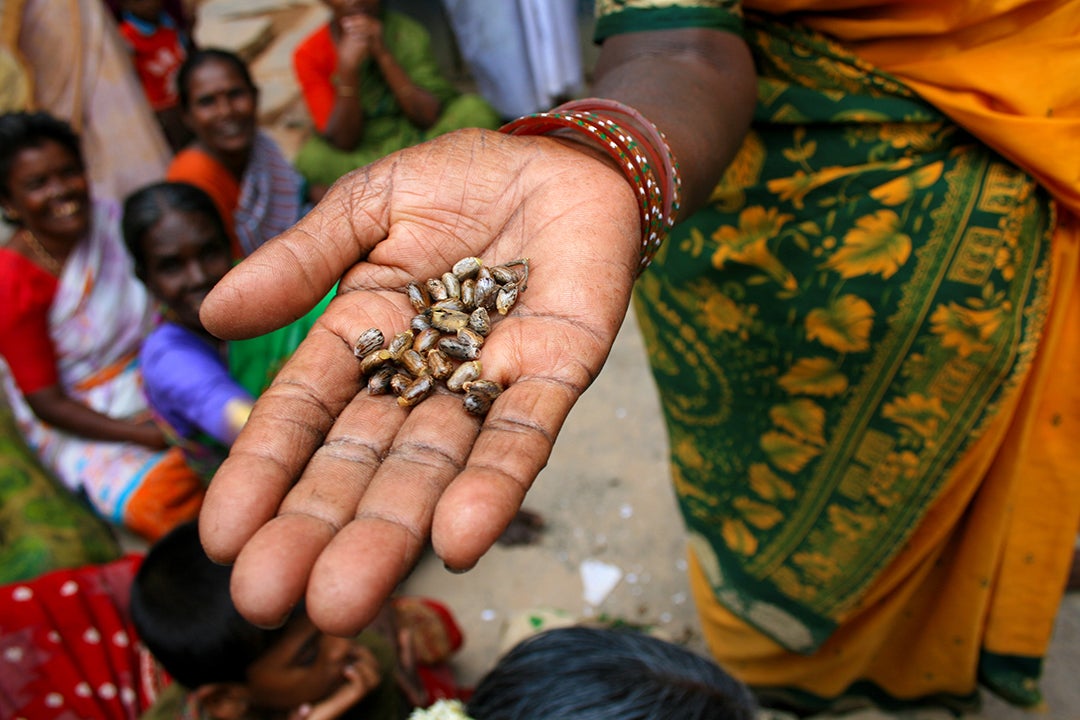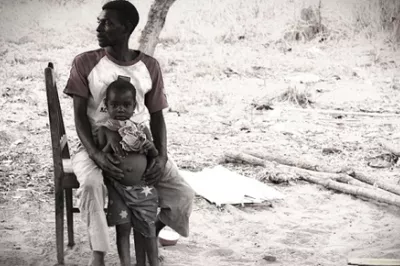Why Financial Diaries to Understand the Needs of Smallholders?
With CGAP's Smallholder Financial Diaries project underway in Pakistan, Tanzania and Mozambique, it’s worth taking a step back and reminding ourselves why we chose this particular methodology to better understand smallholder farmers. After all, Financial Diaries are not the only research tool that we could have used.
A carpenter picks a tool depending on what he needs to do with the wood before him – research is no different. Two parameters that tend to guide the method used in research are: 1) the objective and 2) the burden of proof (the level of evidence required).

Our objectives are two-fold: First, we want to understand at a broad level how the financial lives of smallholder farmers work – to not just understand the details of their crops, but also how those agricultural activities interact with the rest of their financial lives, i.e. paying for school fees, getting income from other sources, making decisions about physical asset purchases and sales. Second, we want to test hypotheses related to the financial management techniques and coping strategies of smallholder farmers.
Financial Diaries certainly would have provided us with these details, but we also needed to decide between a “lite” versus a “comprehensive” method. With the lite method, households are tracked only for several months rather than a full-year, making it a less effective tool to study households engaged in highly cyclical activities such as agriculture. Additionally, with the lite method data collection is more qualitative than quantitative, giving less precise household financial details. In contrast, the comprehensive diaries use a custom-built software program that captures every cash flow on a hand-held tablet which uses a real-time tracking system to ensure data quality. Quality assessments and analysis can be ongoing during the study period, rather than the post-field analysis that occurs in the lite method.
Comprehensive diaries are an appropriate tool if investigators require data that will hold up to strenuous examination, such as data needed to break down long-held assumptions of behavior. The comprehensive diaries behind Portfolios of the Poor were particularly effective in breaking down long-held assumptions about the lack of financial management among low-income households. Given the granular detail required to fil key gaps in our understanding of the financial lives of smallholder farmers, we chose the comprehensive method. This will allow us to understand not only how much smallholder households earn or spend, but in what frequencies, amounts, and modes.
We also want to test hypotheses. The “gold standard” for hypothesis testing is the randomized control trial, or RCT. RCTs withstand serious review because they firmly establish causality but they are best at proving one reasonably robust hypothesis in a quantitative way. Comprehensive diaries will not establish causality without being used within an RCT. However, even without an RCT, they provide hard, quantitative evidence to a range of potential hypotheses with a number of potential answers. They are particularly effective in drawing out questions that might not have been specified in advance, i.e. questions we did not even know we had.
Thus, we are now on a journey using comprehensive diaries to track 90 smallholder households in each of three countries: Tanzania, Mozambique and Pakistan. We know it will be a journey rich with nuance and new perspectives and look forward to ultimately unlocking key information that will help the financial inclusion community provide better services to these families.




Add new comment